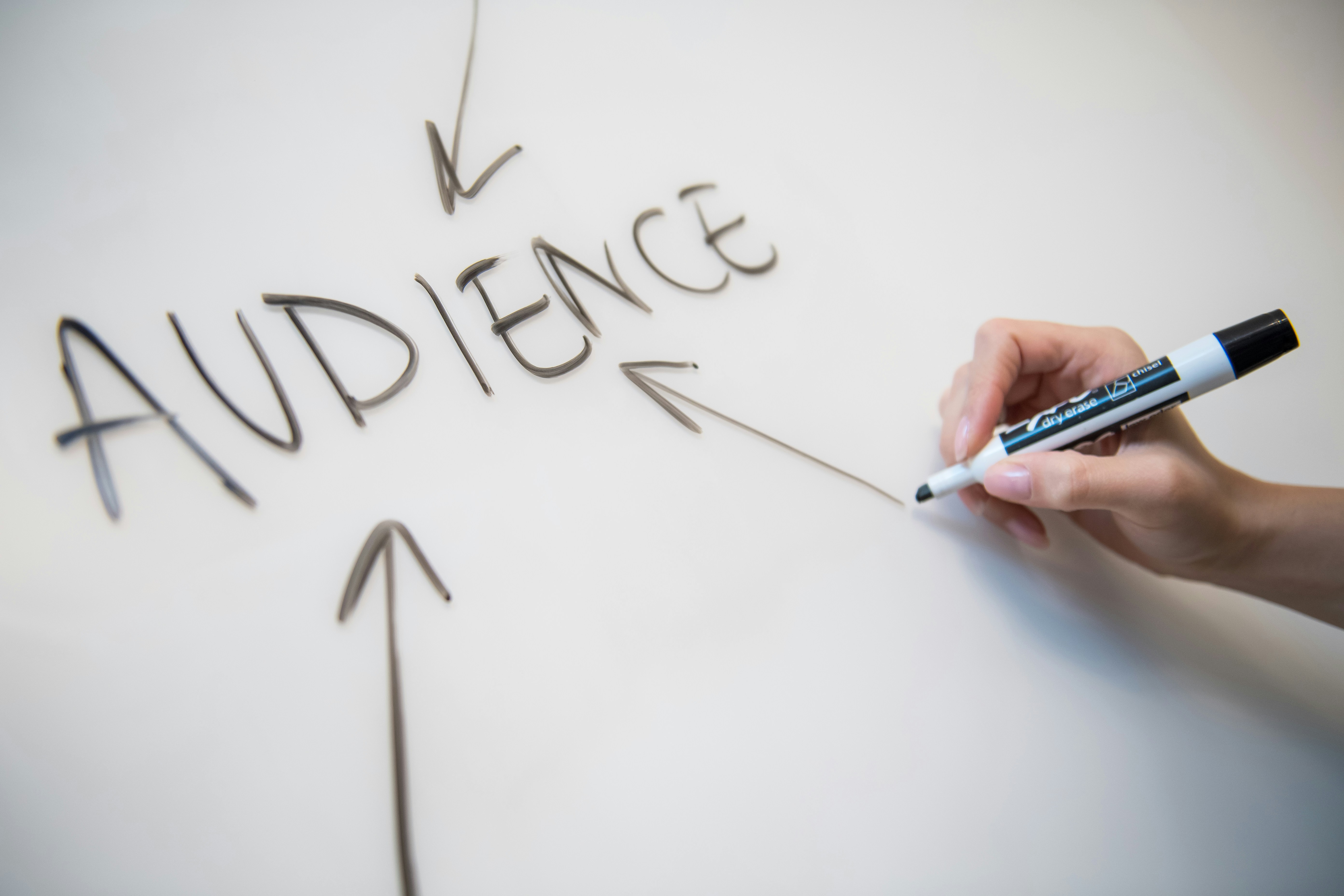When Silence Speaks Louder: The Power of Saying Less in PR
In high-pressure moments, strategic silence isn’t avoidance - it’s control.
In high-pressure moments, strategic silence isn’t avoidance - it’s control.
Every comms team has faced that moment: phone buzzing, DMs stacking up, media requests rolling in. A post went sideways. A partner misstepped. A tweet caught fire. And now, everyone wants a response. But here’s the uncomfortable truth: not every crisis needs a statement - at least, not right away.
In the world of PR crisis management, silence - or to be precise, the right kind of pause - isn’t weakness. It’s a show of discipline, awareness, and strategic foresight. In fact, in some scenarios, silence protects more than it risks. It’s about using restraint to hold authority, control the narrative, and avoid making things worse.
1. Not Every Comment Needs a Mic
PR teams are trained to respond. It’s in the muscle memory. But in high-stakes moments, that reflex can betray the brand. Worse, over-explaining often signals panic. Instead of creating confidence, it fuels speculation.
Jumping into the conversation too soon - especially without all the facts - can lead to statements that are inaccurate, tone-deaf, or overly defensive. Every new sentence becomes another potential headline. Every extra detail opens the door to new interpretations or misinterpretations. And every reactive soundbite makes the brand look less prepared and more panicked.
The brands that navigate crises well don’t race to fill the void. They step back, assess what’s true, what’s helpful, and most critically, what’s necessary. Because the truth is: people don’t want noise. They want clarity, and clarity starts with intentional quiet.
If you’re still gathering facts, don’t speculate. If you’re unsure, don’t assume. A well-timed “we’re assessing and will share when ready” carries far more authority than rushed filler. A thoughtful pause speaks volume.
2. Control the Narrative By Choosing the Moment
There’s a difference between silence and strategic silence. One feels like avoidance, the other reads as poise. This is a smart media silence strategy. You control the act break, you cue your entry, and decide when and how the brand re-enters the conversation.
You don’t have to be the first to be right. A media silence strategy allows space to:
Vet facts internally.
Align with legal or executive teams.
Develop a response that’s clear, measured, and consistent.
Time your message for maximum credibility, not just visibility.
A premature comment can box you in. But silence creates room to think, space to access, and time to craft a message that stands up. Strategic silence isn’t hiding - it’s preparation in motion. It ensures your message leads instead of trails.
Waiting to speak can sometimes be the most powerful form of communication, especially when your audience knows you value substance over speed.
3. Say Less, Mean More
When the time does come to speak, the challenge isn’t what to say - it’s how little to say while still landing the point. There’s a reason some of the most iconic statements in crisis comms are under 50 words. In PR, brevity is strategy and knowing how to say only what mattered. Precision forces clarity, and clarity builds trust.
Brands that master this know:
Every word carries weight.
Every phrase gets dissected.
Vagueness is dangerous, but excess is worse.
A well-calibrated message:
Answer only what’s necessary.
Resist the urge to spin or defend.
Sound human, not rehearsed.
Focuses on impact, not intention.
Think sharp, not long. In a crisis, people don’t need paragraphs. They ended signals of accountability and care.
Your audience isn’t reading for entertainment - they’re scanning for reassurance. Use language that reflects real emotion and responsibility, not marketing jargon.
4. Silence Builds Authority - If It’s Paired With Listening
Strategic silence isn’t about ignoring people. It’s about giving space for others to speak, and showing you’re listening.
This is particularly important in emotionally charged crises - involving social issues, community trauma, or brand misalignment. Audiences want to feel heard, not just addressed. A brand that races to defend itself without acknowledging public sentiment risks alienating its base. A brand that pauses, listens, and then speaks from understanding shows up with leadership.
Listening looks like:
Monitoring real-time sentiment and understanding tone over trend.
Letting affected voices lead the conversation.
Holding internal town halls before external broadcasts.
Pausing paid and scheduled content that could land poorly.
This isn’t passive. It’s active, tactical, human-centered comms. Silence can make space for voices that matter - and help you respond in a way that actually lands. It humanises and creates meaningful repair.
People remember how a brand makes them feel during a crisis - and silence that feels attentive leaves a more powerful impression than noise that feels dismissive.
Use this time not only to listen externally but also to recalibrate internally. Crisis is the ultimate mirror for brand values.
5. Restraint Isn’t Weakness - It’s Strategic Strength
There’s a myth in crisis comms that silence equals guilt. But that only holds when silence + hiding, not when silence + strategy. The loudest brands aren’t always the most respected, especially in a crisis.
True PR leaders know that restraint signals confidence. It means holding steady while the storm hits and the pressure rises. It means trusting that timing, tone, and clarity are worth more than intimacy. A brand that doesn’t rush to respond - or scramble to say the “perfect thing” often appears more stable, showing a system and not just a story.
Because when things go wrong (and they will), the public isn’t just watching what you say. They’re watching how you operate under pressure.
Restraint can deliver:
Cleaner messaging.
Shorter news cycle.
Fewer public corrections.
More internal alignment.
In today’s culture of instant reaction, doing less is harder than doing more. But the brands that earn long-term trust know when to speak - and when to wait. Because saying less isn’t just smart PR - it’s brand protection in real time.
Every crisis is an opportunity to demonstrate not just what your brand does, but what it believes.
Power Isn’t in the Statement - It’s in the Strategy
In the age of 24/7 commentary, silence feels risky. But real crisis communication isn’t about being the loudest - it’s about being the clearest, the calmest, and the most credible. Silence when used wisely is a mark of mature, disciplined, and values-led brand.
Every brand will face a comms storm eventually. The difference between those who survive it and those who spiral isn’t how fast they talk - it’s how well they listen, pause, and plan before they speak. They wait to say the right thing, practice intentional communication, and own their voice - and when to use it.
In crisis communication, leadership often sounds calm, and sometimes, calm sounds like quiet. So the next time the heat’s on and everyone’s watching, remember - you don’t need to speak first. You need to speak well.




